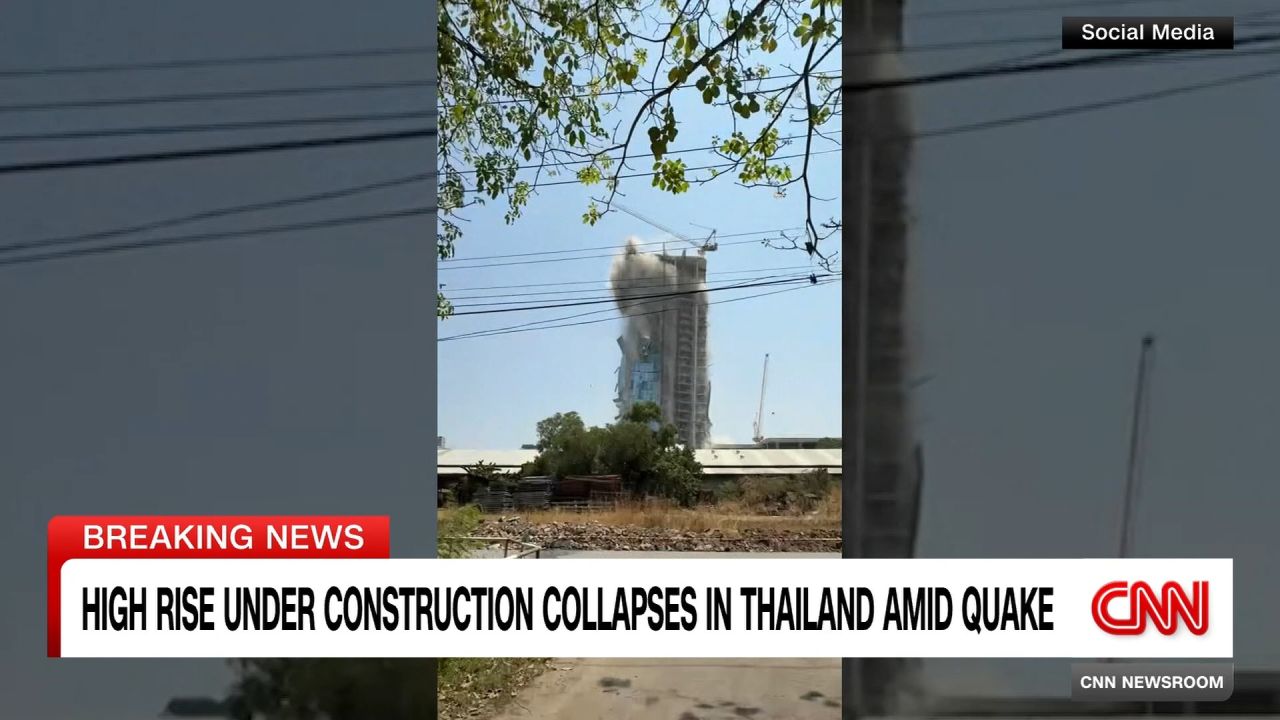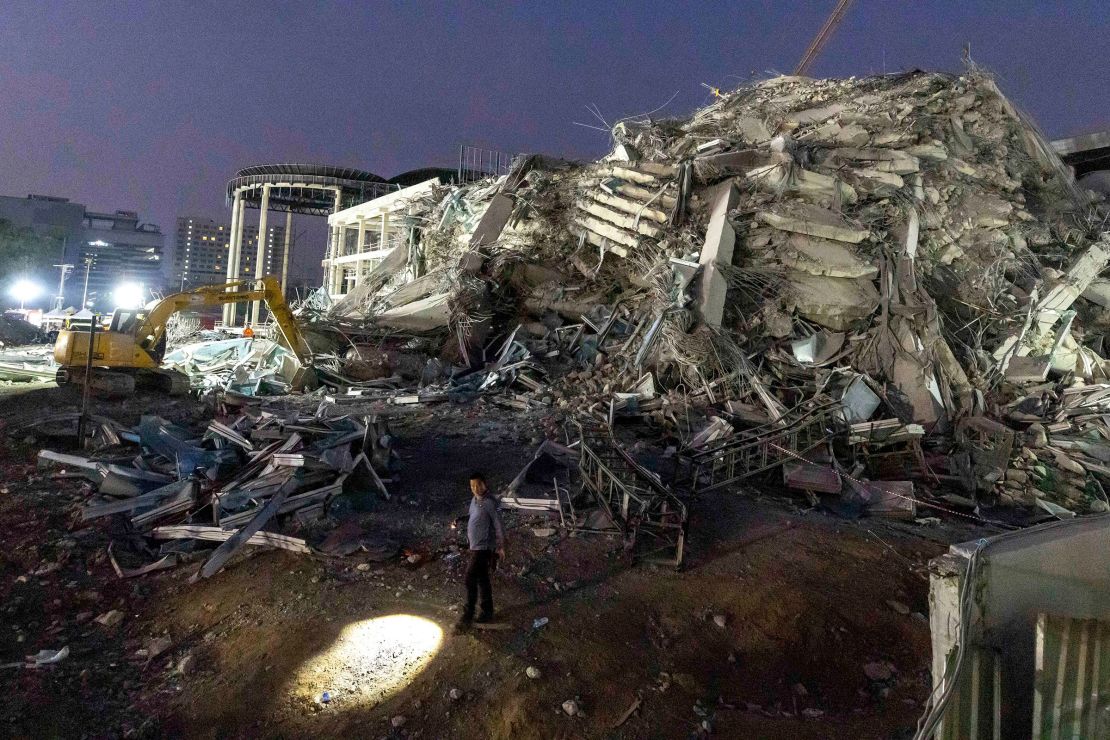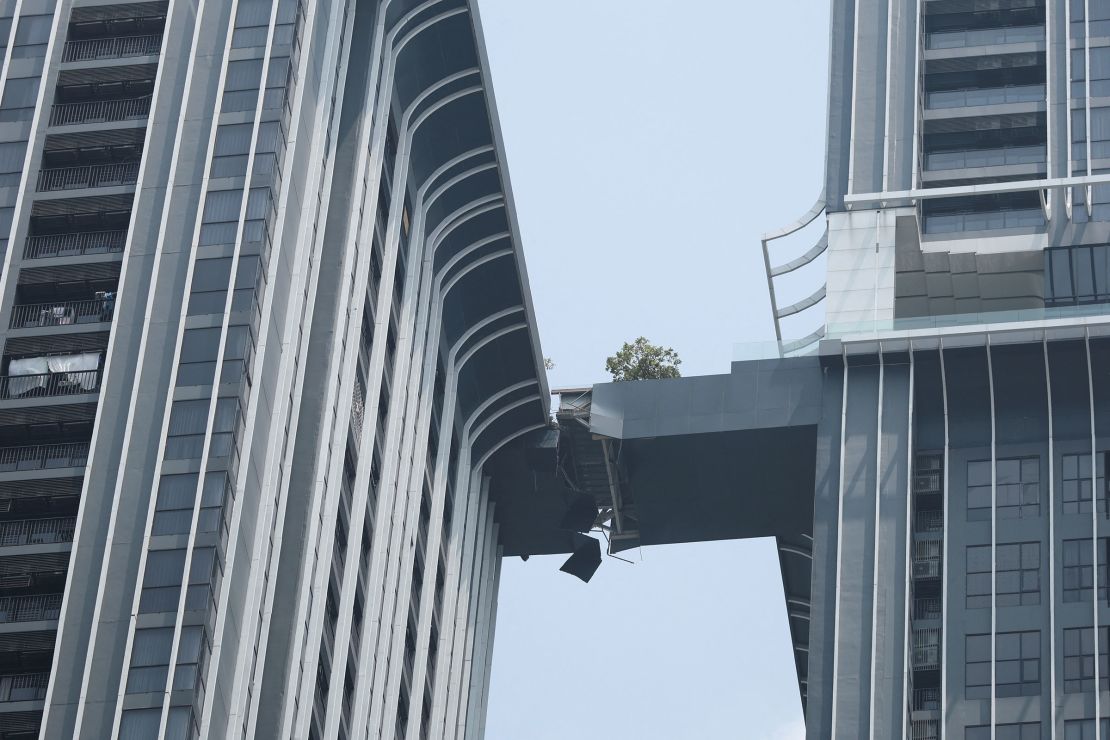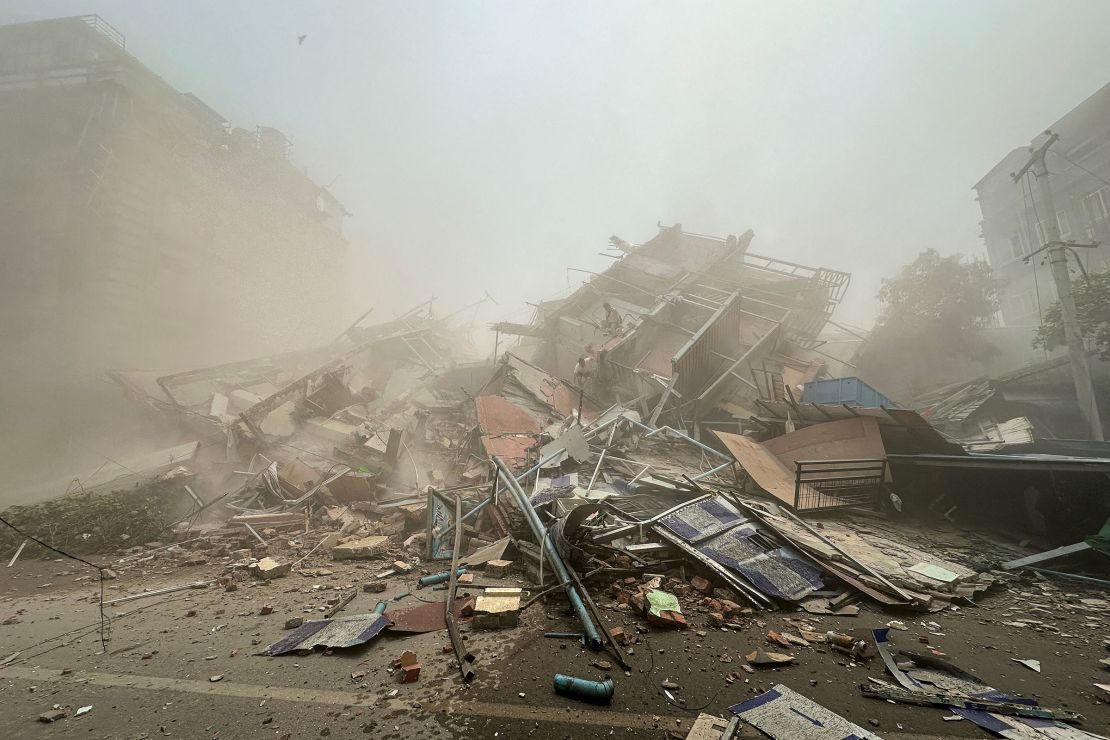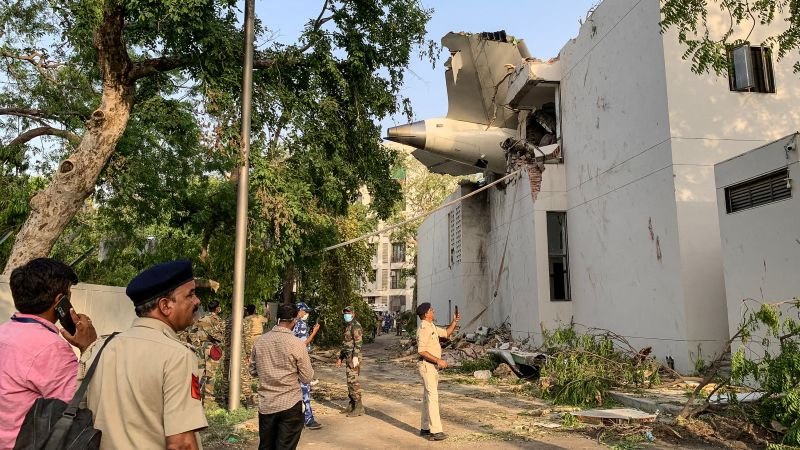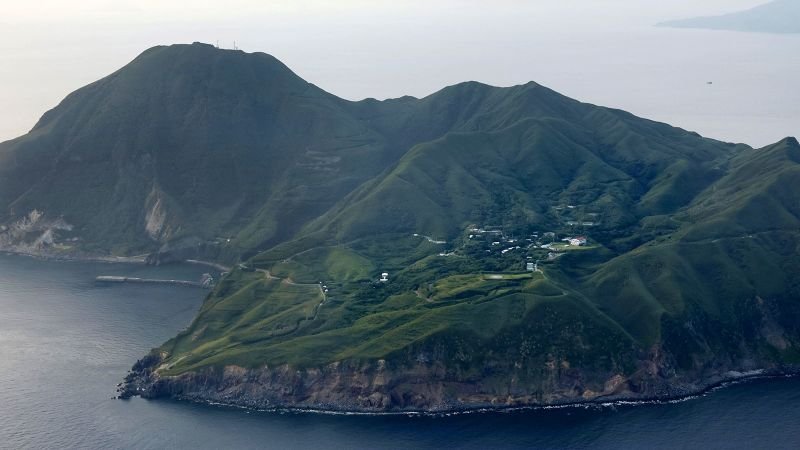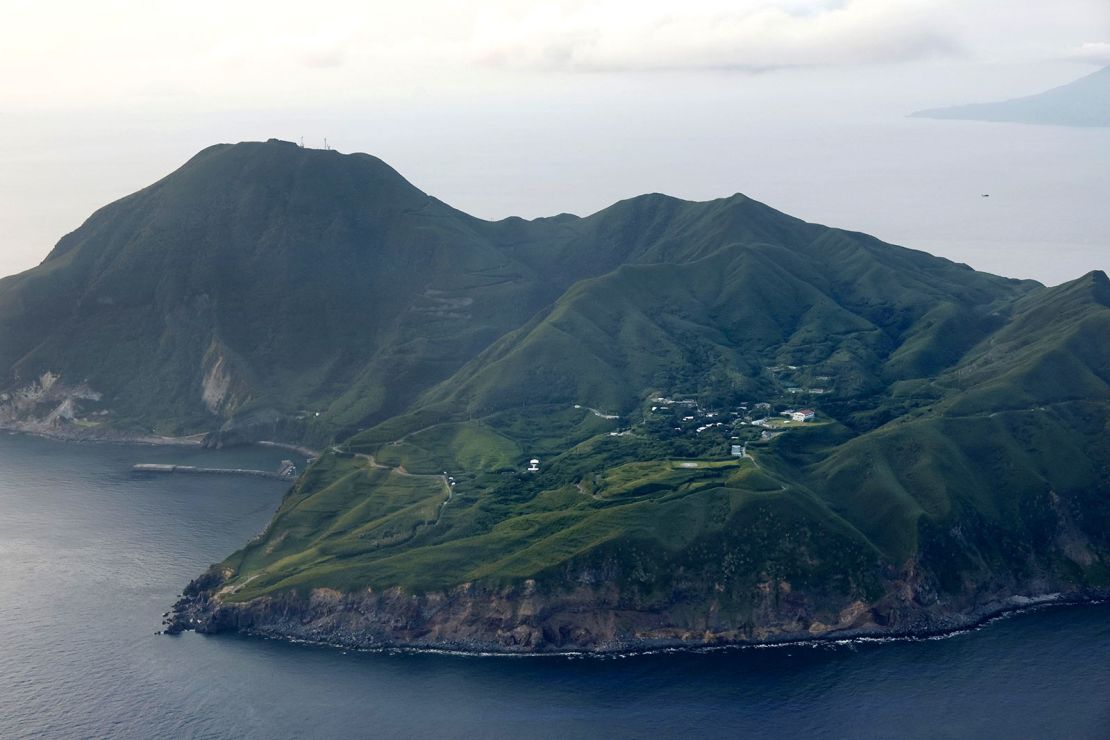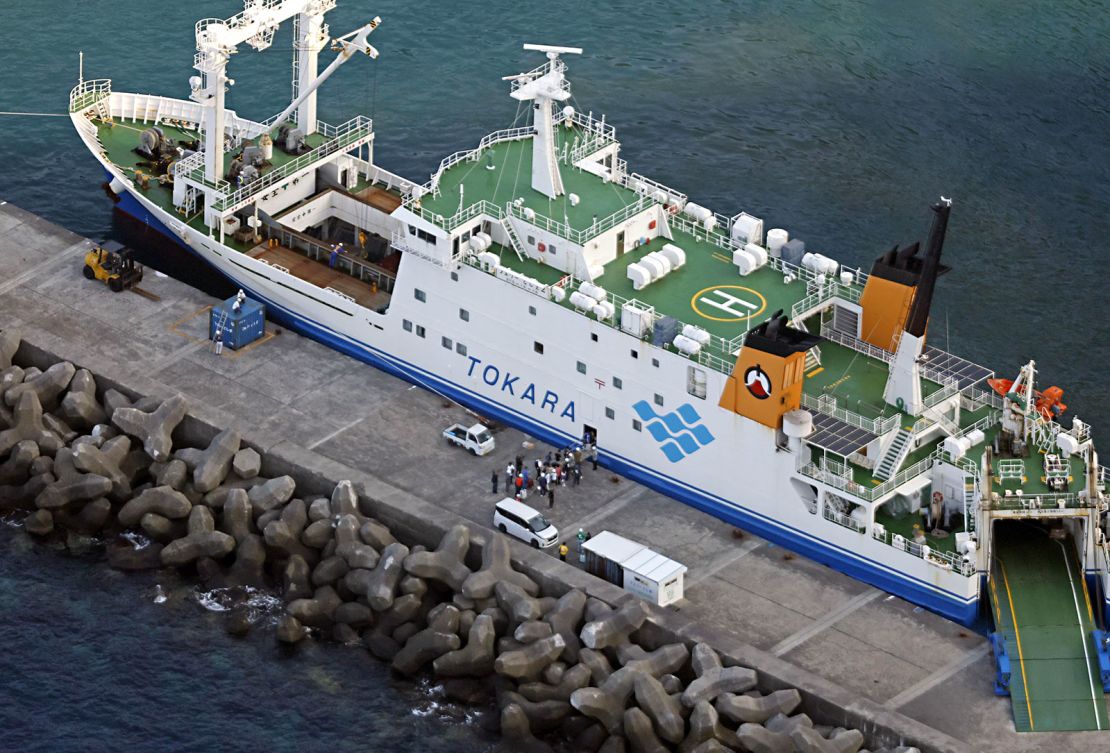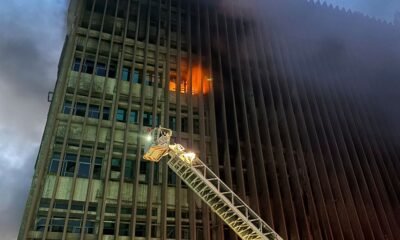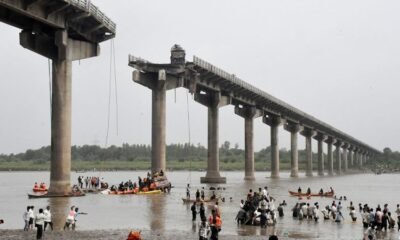Bangkok
CNN
—
Anxious loved ones waited outside a twisted mass of metal and concrete in the heart of Thailand’s capital on Saturday as rescuers searched for dozens of missing workers and the city confronted the aftermath of a rare and powerful earthquake that set skyscrapers swaying and rattled millions of residents.
Friday’s 7.7-magnitude quake struck hundreds of miles away in impoverished Myanmar, but was strong enough to send shock waves through the forest of high-rise condominiums, shopping malls and offices of central Bangkok, sending water spilling from infinity pools and buckling carriages on the city’s rail network.
In Myanmar some 700 people have been confirmed killed so far and more than 1,600 injured, according to the isolated country’s military government, with the United States Geological Survey (USGS) estimating the final toll there could surpass 10,000 people according to early modeling.
At least 10 people have died in Bangkok, its deputy governor said, sending shock waves of a different kind through a city that sits on no major tectonic fault.
Major earthquake rocks Myanmar and Thailand
Major earthquake rocks Myanmar and Thailand
04:47
The ground zero of the devastation in the Thai capital is an under-construction 30-story skyscraper next to the sprawling Chatuchak weekend market popular with the millions of foreign tourists that visit the city each year.
Early Saturday the loved ones of those feared buried under the mountain of broken pillars, rubble and steel sat on plastic chairs at the edge of the excavation site, watching diggers claw through the debris.
Junpen Kaewnoi’s mother and sister were working as painters on the site and are now among the missing, she told CNN.
“I kept calling, but it was unsuccessful. All I kept hearing was the continuous toot… toot… of a busy signal,” she said.
“I feel like there’s a lump in my stomach, and I have no appetite to eat. I’m worried about my mom and sister still being stuck inside since yesterday. Nowhere to be found.”
She said she had spoken to her sister on Friday morning before they left for work.
“I asked her what she would have for lunch,” she recalled.
In a city where deep inequalities are on stark display, many of Bangkok’s construction workers hail from poorer parts of Thailand, especially its less wealthy northeast, as well as from neighboring Laos, Cambodia and Myanmar.
The collapsed structure was being built by a subsidiary of the China Railway No. 10 Engineering Group, itself a subsidiary of the state-owned China Railway Engineering Corporation (CREC), one of the world’s largest construction and engineering contractors, according to a now-deleted social media post by the group.
The Italian-Thai Development Public Company Limited was also involved in the project, according to Chinese state media report from 2021.
In a post on its official WeChat account on April 2, 2024, China Railway No. 10 Engineering Group celebrated the completion of the building’s main structure on March 31, 2024.
When completed, the 137-meter building was to serve as the office of Thailand’s State Audit Office and other related government agencies, the company said in the post.
The post, which was seen by CNN, was deleted late Friday afternoon after screenshots of it started to circulate on Chinese social media. CNN has reached out to the company for comment.
Elsewhere across the Southeast Asian megacity, glitzy glass-and-steel buildings home to expensive real estate swayed and groaned when the quake hit, showering dust onto the ground.
A bridge connecting two high-rise apartment buildings in an upmarket neighborhood broke during the quake, video showed.
Other videos showed the contents of rooftop infinity pools – a popular status symbol of Bangkok’s well-heeled – sloshing off the sides of towering apartment blocks onto the street below.
Bangkok has expanded at a breakneck pace, with high-rise condos and gleaming skyscrapers shooting up in recent decades.
When the tremors began, Bella Pawita Sunthornpong thought she was experiencing a moment of lightheadedness, “because I was seeing everything was swaying.”
“But I was walking out to another room, and I start seeing the lamp from the ceiling was, like, really swaying together,” she told CNN, describing the moment she realized it was an earthquake.
She grabbed her phone and started running down from the 33rd floor, telling others around her to run too. As she made her way out of the building, she said, ceiling paint was falling and everything was still swaying.
“I was thinking, you know, whatever happened, I just need to keep running until I hit the ground,” Pawita Sunthornpong said.
Engineers were rushing Saturday to assess nearly 1,000 reports of “structural concerns” across the city. Authorities said buildings would be graded – green for safe, yellow for buildings with some damage which are usable with caution, and red indicating severe damage requiring closure.
The worst damage has taken place hundreds of miles away across the border in Myanmar, a nation far less well equipped to deal with such a large disaster.
The quake struck near Myanmar’s second most populous city, Mandalay, home to historic temple complexes and palaces.
Reuters video from near Mandalay showed a multi-story building collapsing in on itself as the quake hit, sending around a dozen saffron-robed monks ducking for cover.
The city, home to around 1.5 million people, is normally popular with foreign tourists.
But a civil war has raged across the country since the military took power in 2021, ousting civilian leader Aung San Suu Kyi and ending a 10-year experiment with democratic rule.
Swathes of the country lie outside the control of the junta and are run by a patchwork of ethnic rebels and militias, making compiling reliable information extremely difficult.
The epicenter was recorded in Sagaing region, which borders Mandalay and has been ravaged by the war, with the junta, pro-military militia and rebel groups battling for control and all running checkpoints, making travel by road or river extremely difficult.
Having largely shut the country off from the world during four years of civil war, Min Aung Hlaing – the leader of Myanmar’s military government – issued an “open invitation to any organizations and nations willing to come and help the people in need within our country,” adding the toll was likely to rise.
Several aid agencies said they are mobilizing ground operations.
But the military – which has ruled Myanmar for most of its history since independence from Britain in 1948 – has a long and troubled track record of struggling to respond to major natural disasters, and in the past has granted humanitarian access, only to rescind it later.
Source link
